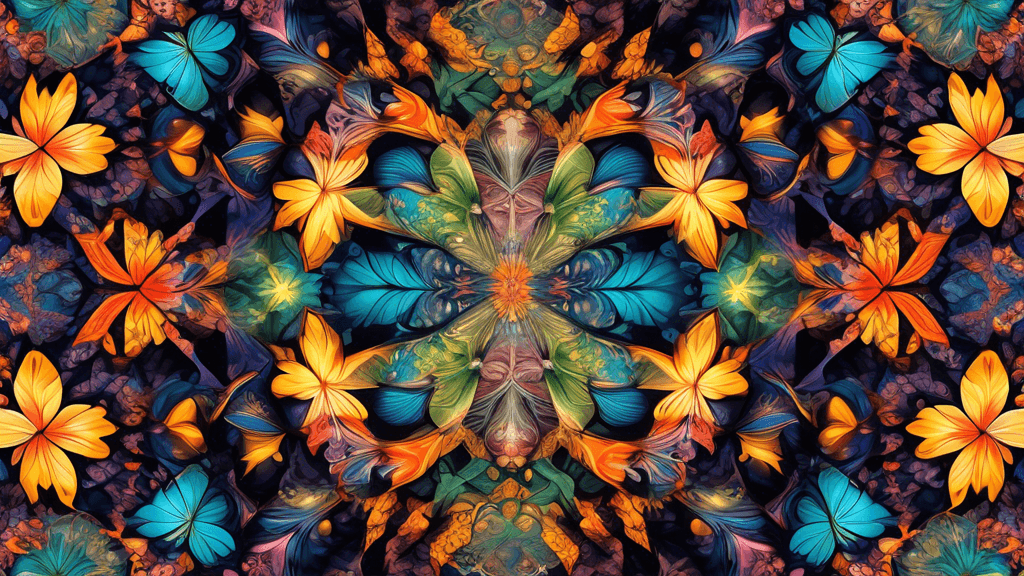
Unveiling Nature's Blueprint: Exploring Symmetry and Patterns in the Wild
Share
The Fascinating World of Symmetry and Patterns in Nature
Have you ever paused during a hike to notice the spiral of a fern or the radial symmetry of a daisy? Nature is rife with patterns and symmetry that not only fascinate the observer but also serve deeper ecological and evolutionary purposes. This blog is tailored for nature enthusiasts, photographers, artists, and conservationists who are passionate about uncovering and understanding the intricate designs found in the natural world.
What Is Symmetry and Why Does It Matter in Nature?
Symmetry, in biological terms, refers to the balanced distribution of duplicate body parts or shapes. In nature, symmetry can be radial or bilateral. Why such an emphasis on symmetry? The answer lies in survival and function. Symmetry often influences the ability of organisms to move effectively, breed, and ultimately survive.
A classic example is the butterfly, whose bilateral symmetry aids in flight and provides a vital camouflage mechanism against predators. But symmetry isn't just about aesthetics or survival; it has significant implications for the health and functionality of ecosystems.
Exploring Patterns: More than Just a Pretty Arrangement
Patterns in nature are not random; they follow specific laws and principles that scientists and mathematicians have observed and documented. These patterns can be fractal like the branching of trees, spiral like nautilus shells, or tessellations like honeycomb. Here, we see nature's efficiency at work.
Consider the case of honeybees. The hexagonal tessellation of a honeycomb structure is an evolutionary design optimized for both strength and space efficiency. A scientist from the University of Oxford, Dr. Thomas O'Shea-Wheller, notes that the geometry of honeycomb tessellations does not just provide a robust housing for the bees but also minimizes the amount of wax needed for construction, showcasing an evolutionary masterpiece of engineering.
Patterns are more than just nature's art; they are a testament to the evolutionary processes that maximize survival through minimal resources.
The Role of Symmetry and Patterns in Environmental Conservation
An understanding of patterns and symmetry in nature not only satiates our curiosity but also equips us with the knowledge to better protect our environment. Conservation efforts often benefit from insights into the natural designs of landscapes and ecosystems.
For instance, the radial patterns of coral reefs attract diverse species and help in the distribution and recycling of nutrients, essential for the health of our oceans. Protecting such ecosystems can start with appreciating their aesthetic and ecological values, leading to more dedicated and informed conservation strategies.
How Can Photographers and Artists Use Patterns in Nature?
For photographers and artists, the allure of natural symmetry and patterns offers endless inspiration. Here’s a thought: when next in the wild, consider framing your shots to highlight the intrinsic patterns present in nature. This approach not only enhances the visual appeal of your art but also invites viewers to look deeper into the complexity of our natural world.
Ruth Simmons, a renowned nature photographer, once said, When I frame a photo with the symmetry of a spider's web at dawn, it's about capturing the marvel of complex balance in simplicity. It’s a lesson in beauty and function intertwined by nature itself.
Conclusion
Inawe of nature's blueprint, where symmetry and patterns are not just about beauty but are essential elements that sustain life. Engaging with these patterns doesn’t just add to our knowledge or artistic portfolio; it connects us intimately with the world around us. By exploring and preserving these patterns, we not only appreciate the aesthetic gift of nature but also conserve the delicate balance that sustains all forms of life on Earth.
If you're a photographer, an artist, a nature enthusiast, or a conservationist inspired by the detailed and holistic understanding of the natural world, consider how you can contribute to protecting these intricate designs. Could your next project be inspired by patterns in nature, or could your next step be advocating for the preservation of these elaborate ecosystems?
Leverage your passion for photography and conservation to make a real difference. Remember, every small effort counts in the vast wilderness.





